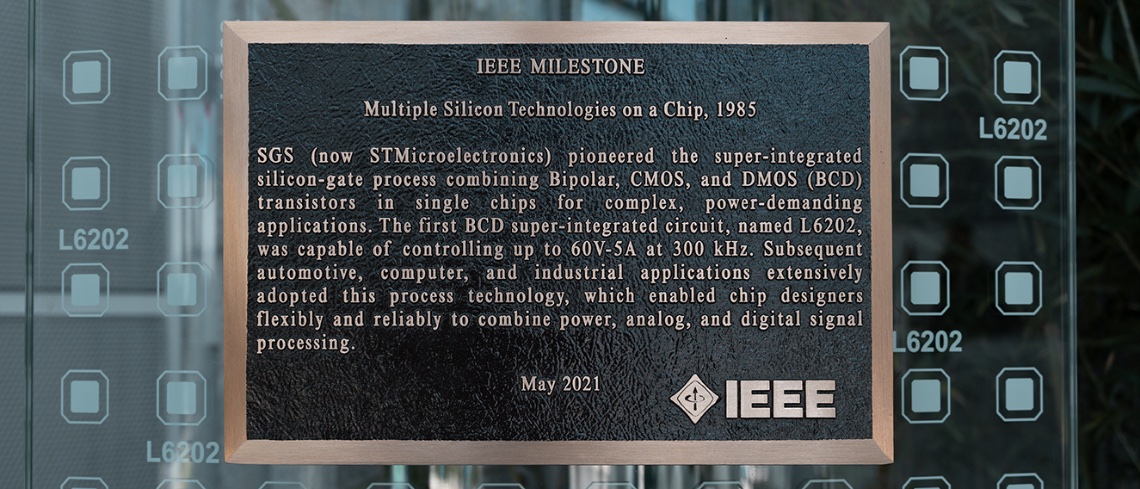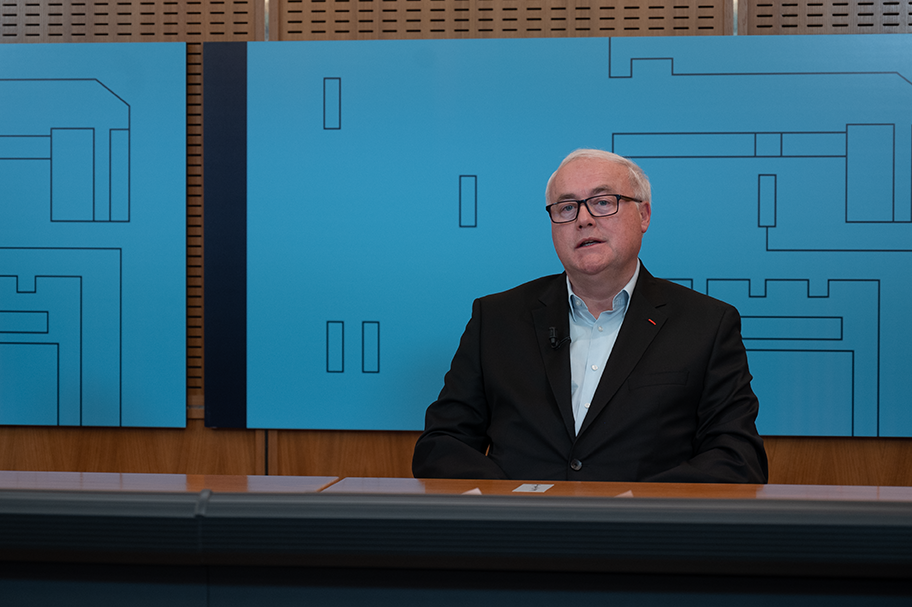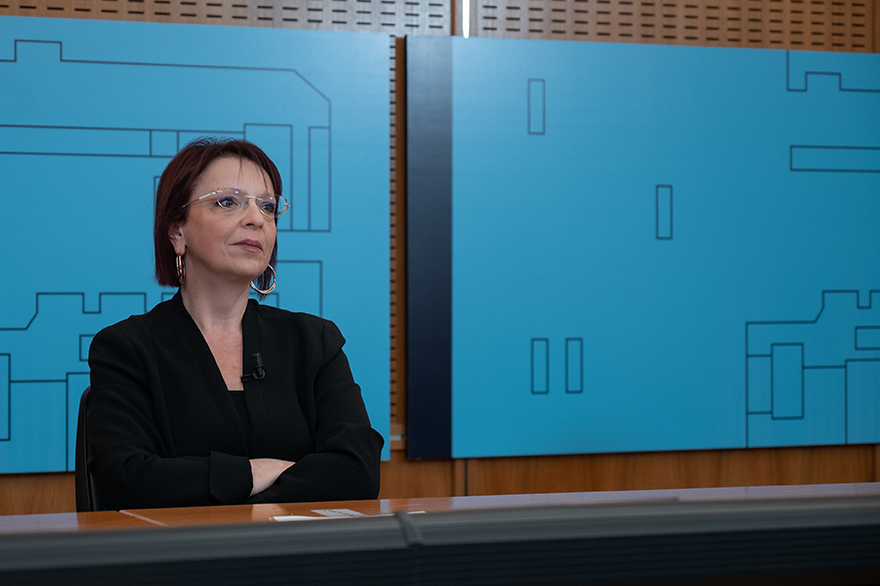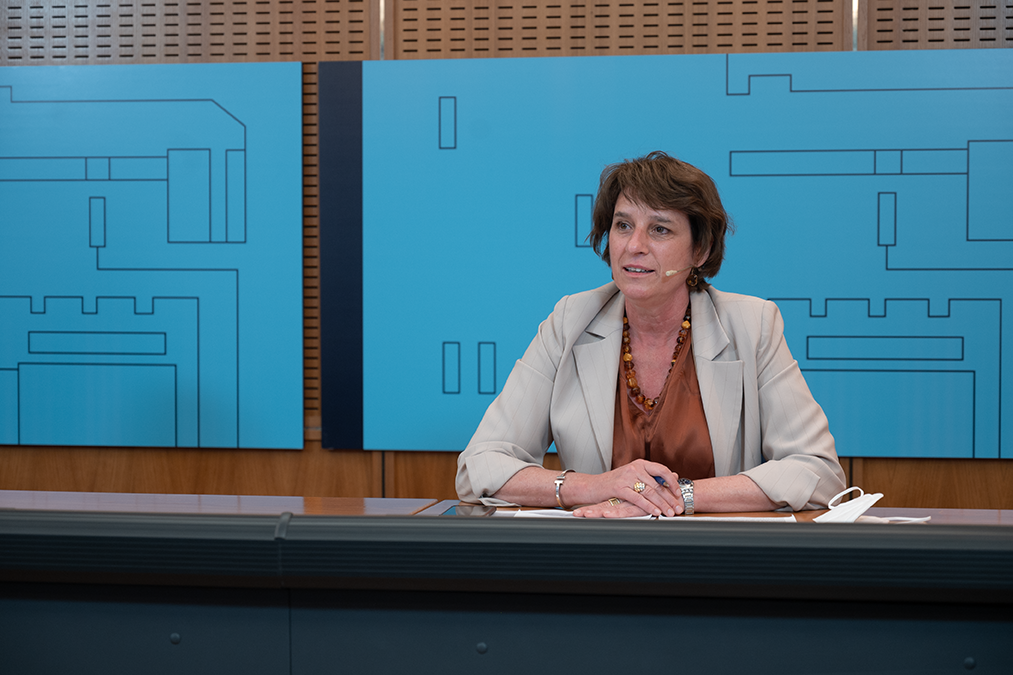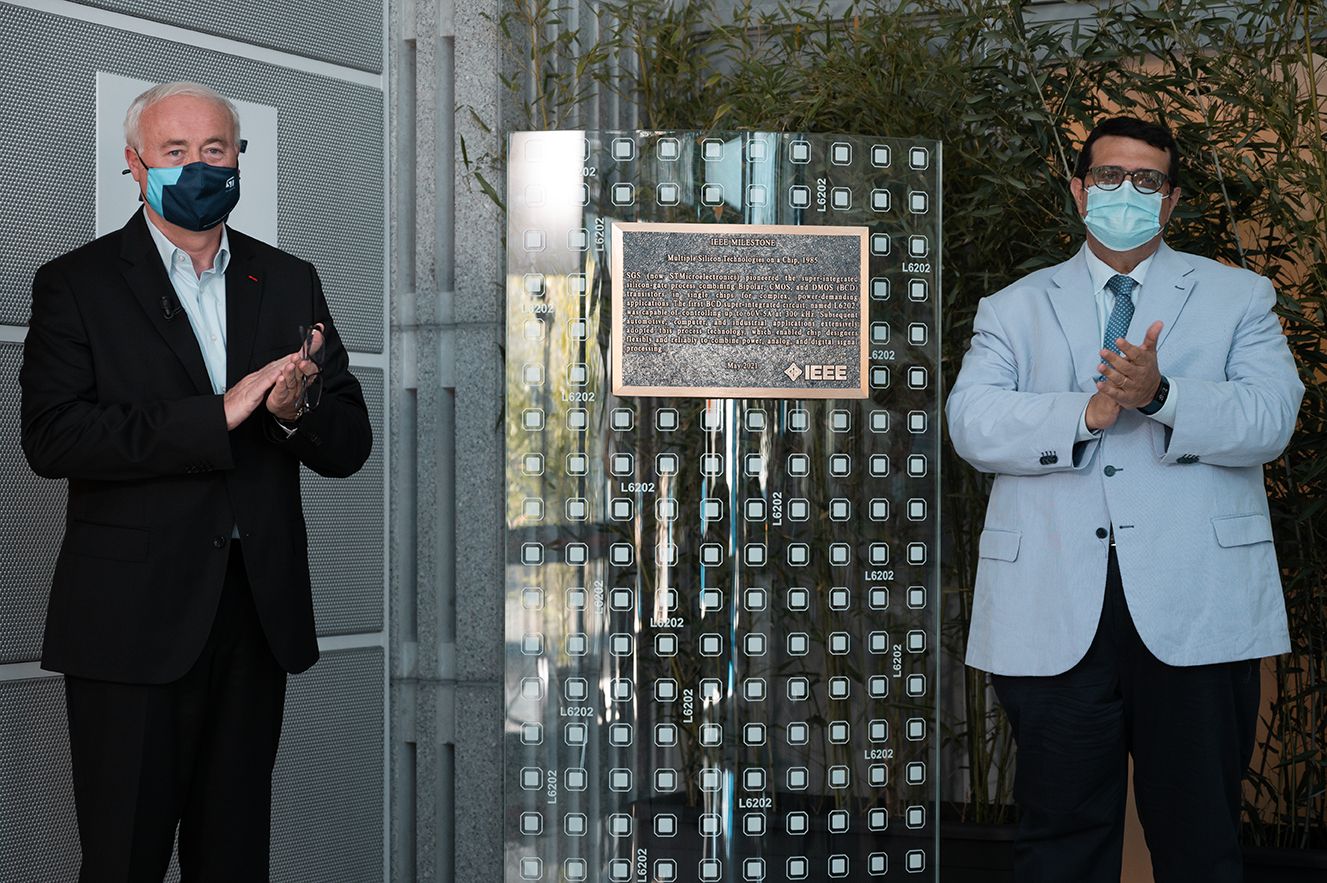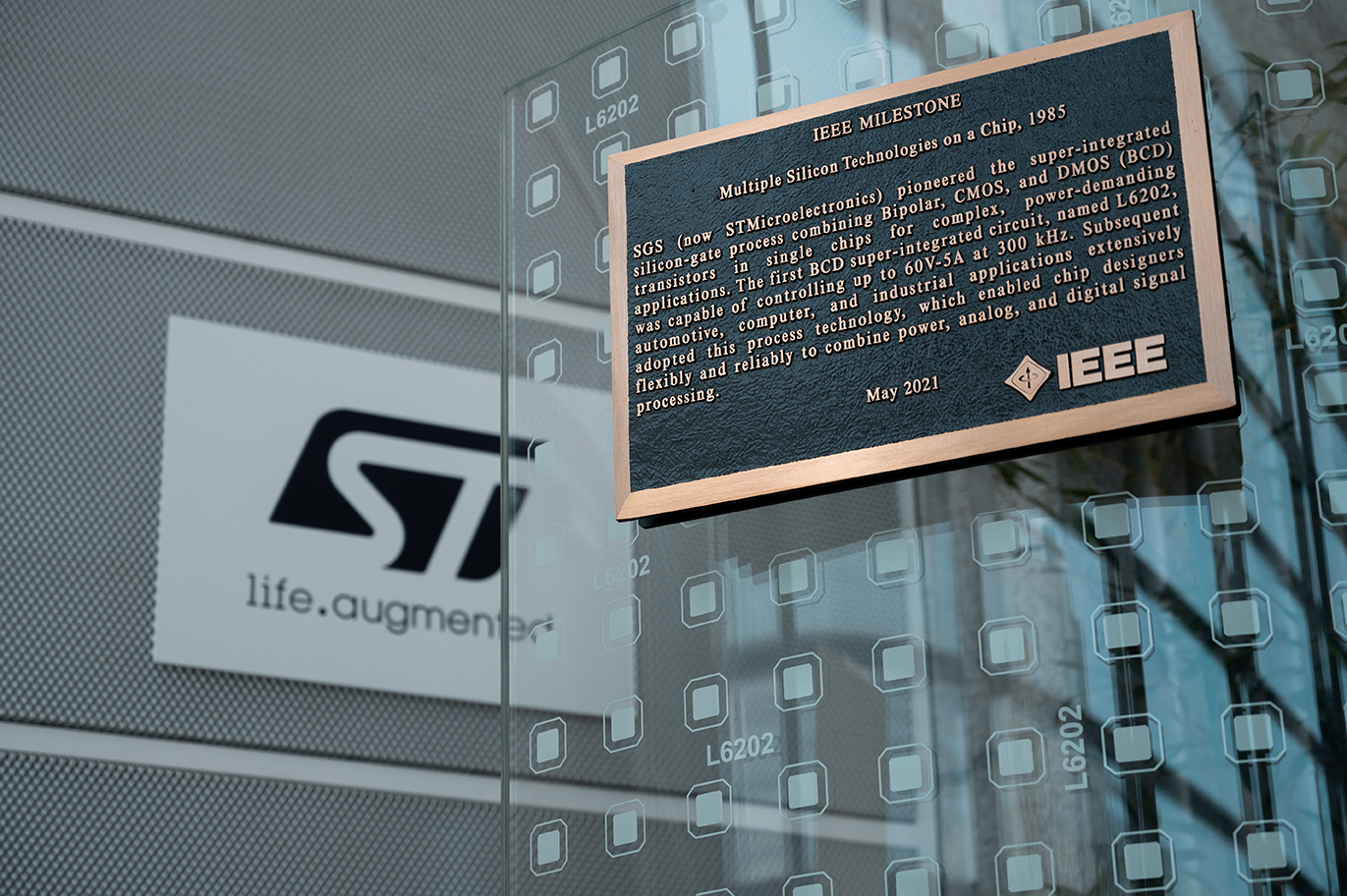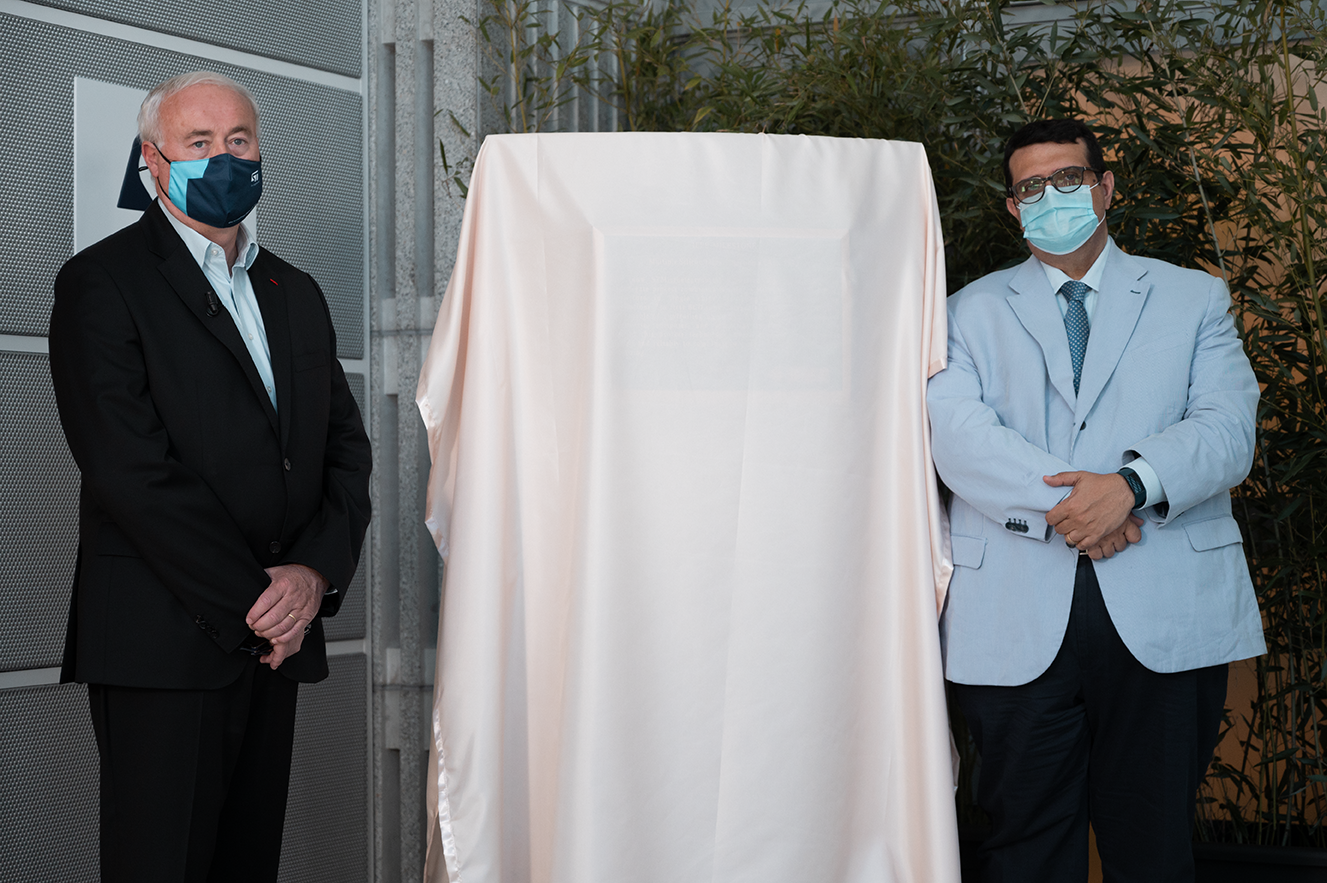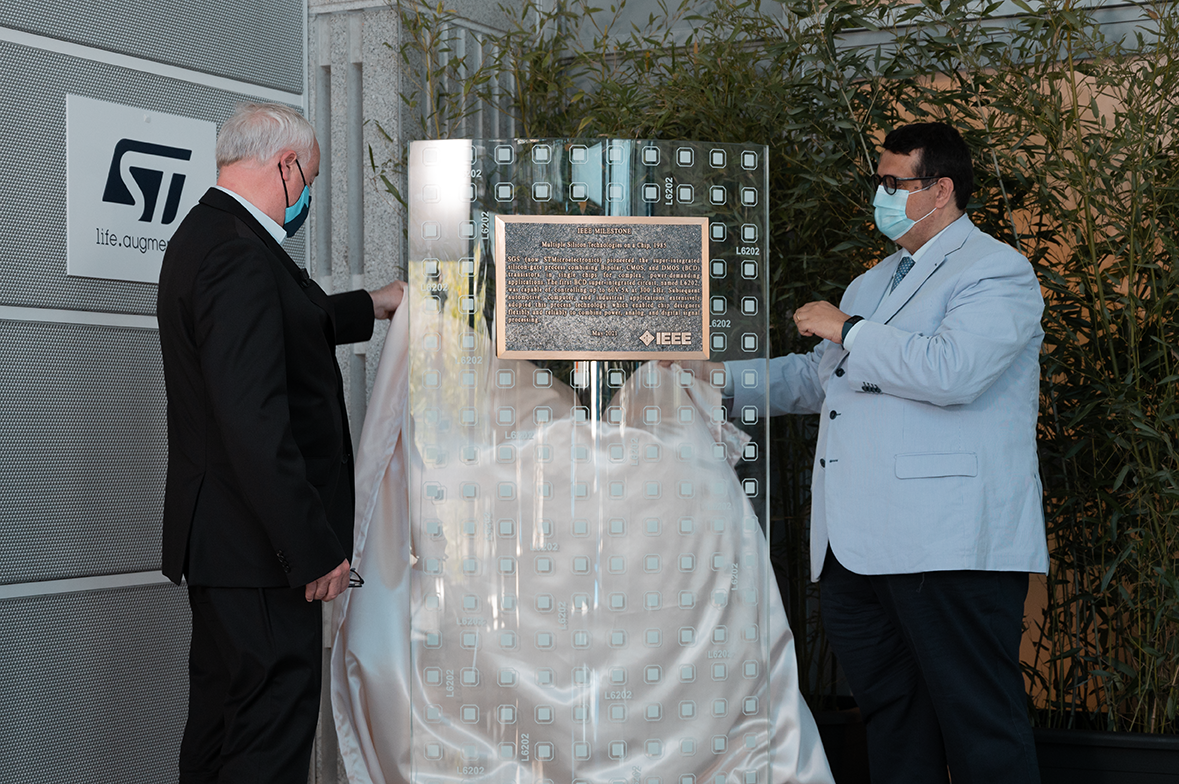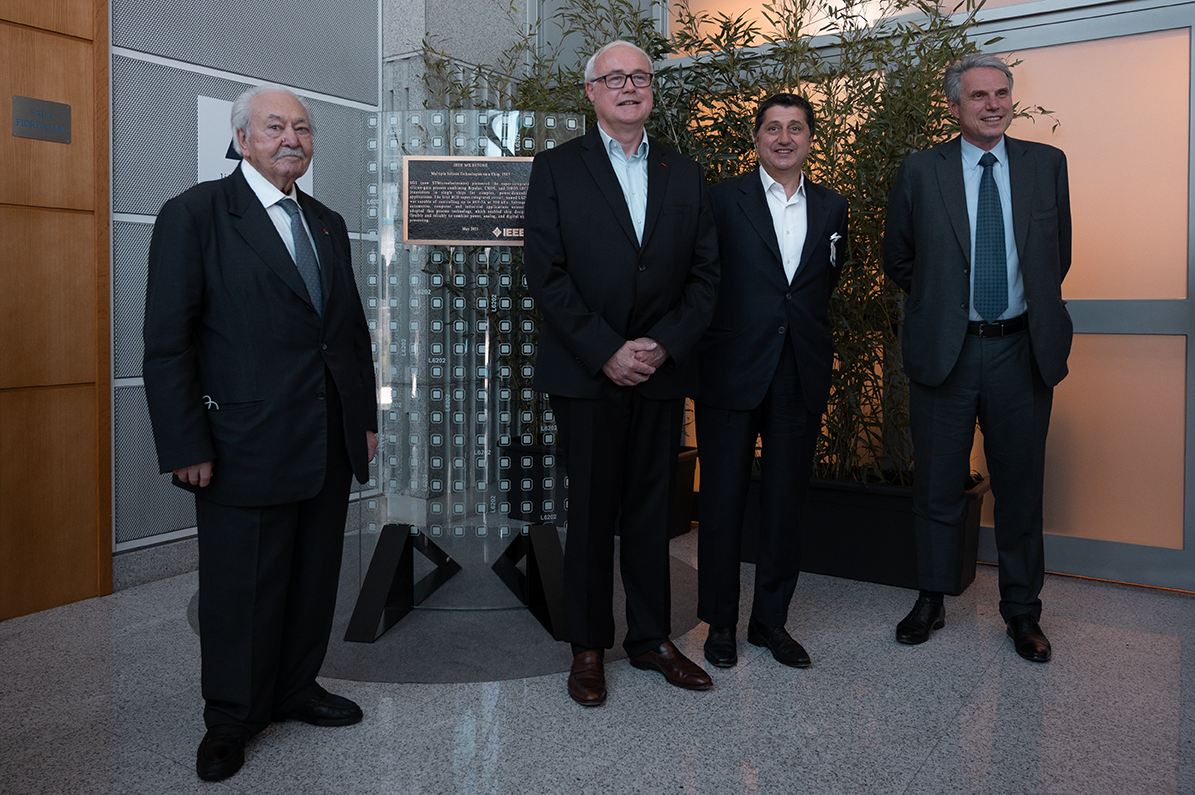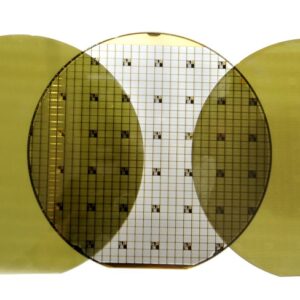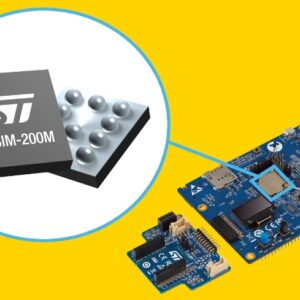Check out ST’s podcast on BCD and how it changed the tech world.
On May 18th in Agrate, STMicroelectronics received the prestigious IEEE milestone award for inventing BCD (BIPOLAR-CMOS-DMOS), a family of silicon processes. This award considers unique products, services, seminal papers, and patents that are at least 25 years old and recognizes technological innovation and excellence for the benefit of humanity. Some other inventions that received the award include the telegraph, the transistor, the Internet, the laser, and the magnetic resonance.
Discover the Story Behind BCD
The story behind this award is about a team’s vision and foresight to recognize the value of smart power, which was a completely unique concept at the time. It is the story of a team that, working together, combined three different technologies into a single chip.
Very few people outside the world of microelectronics are familiar with BCD technology, even if it is almost everywhere: cars, domestic appliances, smartphones, printers, medical devices, factory machines…and the list goes on. Probably most people could not even guess what B-C-D stands for. If you want to hear the story behind it and what the technology does you can listen to our Podcast “BCD – Behind a Creative Disruption from STMicroelectronics”.
IEEE Award Ceremony for ST’s Invention of BCD
ST held a live Broadcast event on May 18th from its Agrate site near Milan in Italy.
A video of the proceedings is available on the event side.
Here are some of the highlights of the event.
Introduction to the Award With Authoritative Voices in the Technology and Research World
Claudia Levo (ST Executive Vice President, Integrated Marketing & Communications) hosted the event introducing illustrious speakers from the IEEE such as Kathy Land – IEEE President & CEO 2021, Antonio Loque – IEEE Region 8 Director, and Sergio Rapuano – IEEE Italy section Chair – Presentation of IEEE Italy and milestones Italy, Vincenzo Piuri, IEEE Region 8 Director-Elec, and Antonio Savini, IEEE Italy Section Life Member AG Chair. ST CEO Jean-Marc Chery then took the stage alongside Maria Cristina Messa – Italian Minister of University and Research.
Innovation is the Development of New Technologies and Human Capital
The event served to detail the birth of BCD and how ST remains a protagonist in the research and development of new technologies and the training and development of human capital that participates in innovation processes. There were interventions by people behind this invention such as Bruno Murari, the former R&D Director of TPA and Head of the Cornaredo site, Aldo Romano the former President and CEO of STMicroelectronics Italia, and finally the voices of those who developed the BCD such as Paola Galbiati, Claudio Contiero, Claudio Diazzi, Domenico Rossi and Giulio Ricotti. We were also privileged to receive testimony from a customer with Harald Kroeger – Head of systems integration at Bosch and member of the board of directors of Robert Bosch GmbH.
The event ended with further expositions by Giuseppe Croce (General Manager Smart Power Technology of ST) and Orio Bellezza (President of Technology, Manufacturing, and Quality for ST’s manufacturing strategy for BCD). They helped attendees grasp the scope of this technology by exploring its various fields of application. They also explained how BCD continues to be an essential driver of innovation for future technologies.
Unveiling the Plaque
Following the various prestigious interventions and the delivery of the IEEE milestone award, the unveiling of the commemorative plaque took place in the atrium of the fab in Agrate.
BCD: the Past, the Present, and the Future
ST is honored to receive this significant recognition. BCD (BIPOLAR-CMOS-DMOS) is, indeed, a key technology for power ICs. We invented it in the mid-eighties and have continually developed it ever since. BCD is a family of silicon processes, each of which combines the strengths of three different process technologies onto a single chip: Bipolar for precise analog functions, CMOS (Complementary Metal Oxide Semiconductor) for digital design, and DMOS (Double Diffused Metal Oxide Semiconductor) for power and high-voltage elements.

The combination of technologies brings many advantages: improved reliability, reduced electromagnetic interference, and smaller die size. BCD has been widely adopted and continuously improved to address a broad range of products and applications in the fields of power management, analog data acquisition, and power actuators.
To find out more about BCD technology: https://www.st.com/content/st_com/en/about/innovation—technology/BCD.html


